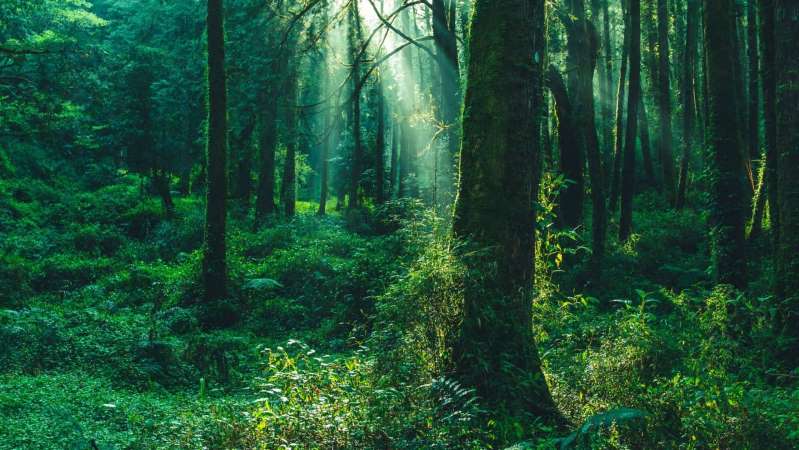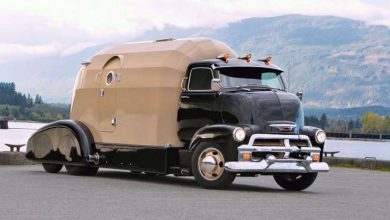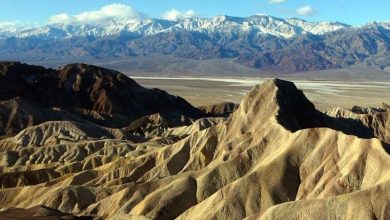If you’re an English speaker, there’s a good chance you often use the words woods, forest, and jungle correctly without even thinking about it. Even if a patch of trees takes up a significant portion of your backyard, you probably wouldn’t consider it a forest; and you wouldn’t talk about the beautiful fall foliage in New England’s jungles. Based on those examples, it seems like woods are smaller than forests, and jungles aren’t found in colder climates. This isn’t wrong—but there’s more to it than that.
According to Merriam-Webster, a forest is “a dense growth of trees and underbrush covering a large tract,” while woods are “a dense growth of trees usually greater in extent than a grove and smaller than a forest.” The reason we consider forests to be larger than woods dates back to the Norman rule of Great Britain in 1066, when a forest was a plot of land owned by the Crown that was large enough to accommodate game for royal hunting parties. Whether that land contained trees or not was essentially irrelevant.
These days, scientists and land managers definitely consider the presence of trees necessary for land to be classified as a forest. To set it apart from woods, or woodland, it usually has to meet certain density qualifications, which are different depending on whom you ask.
According to the UN Food and Agricultural Organization (FAO), a forest must cover about 1.24 acres of land, and its canopy cover—the amount of land covered by the treetops—must exceed 10 percent of the acreage [PDF]. “Other wooded land” must also span about 1.24 acres, but its canopy cover is between 5 and 10 percent. In a nutshell, the FAO thinks forests and woods are the same size, but forests are more dense than woods. Australia, on the other hand, employs plant ecologist Raymond Specht’s classification system for its vegetation, in which any tree-populated land with less than 30 percent canopy cover is a woodland, and anything more dense than that is a forest.
Unlike forests, jungles don’t have specific scientific classifications, because the word jungle isn’t really used by scientists. According to Sciencing, it’s a colloquial term that usually denotes what scientists refer to as tropical forests.
Tropical forests are located around the Equator and have the highest species diversity per area in the world. Since they’re so densely populated with flora and fauna, it makes sense that both Merriam-Webster and the Encyclopedia Britannica describe jungles as “tangled” and “impenetrable.” They’re bursting with millions of plants and animals that are different from what we see in temperate and boreal forests to the north.
Because most of us aren’t in the habit of clarifying which type of forest we’re talking about in casual conversation, it’s no surprise that we often refer to the temperate forests we see in our own climate simply as forests, which we differentiate from those rich, overgrown tropical territories to the south by calling them jungles.
To summarize, forests are historically and colloquially considered to be larger than woods, and scientifically considered to be more dense. Jungles are technically forests, too, since jungle is a casual word for what scientists call a tropical forest.
And, all differences aside, it’s relaxing to spend time in any of them.






